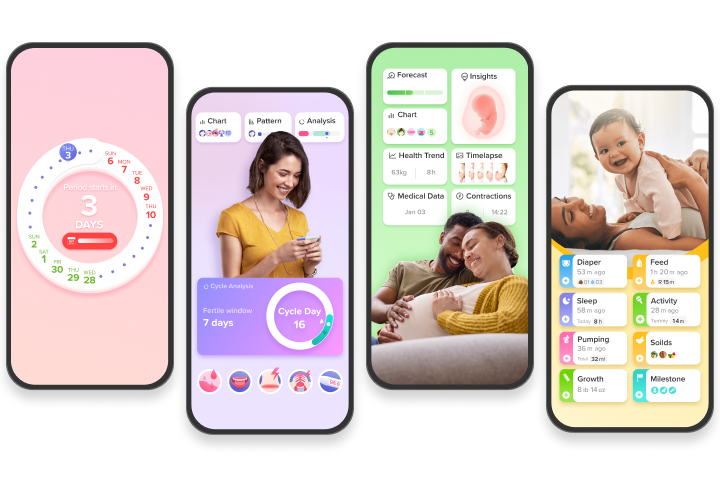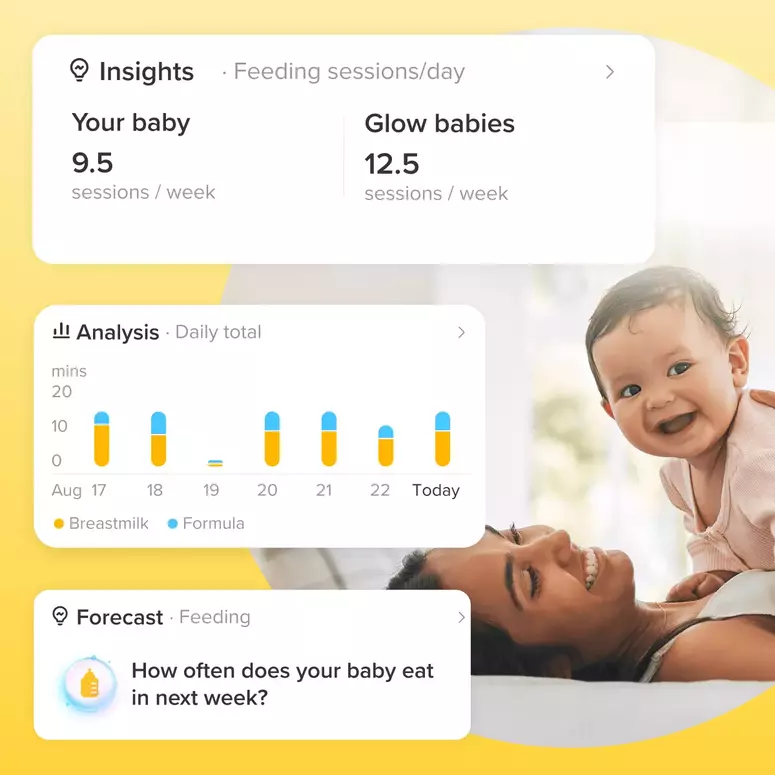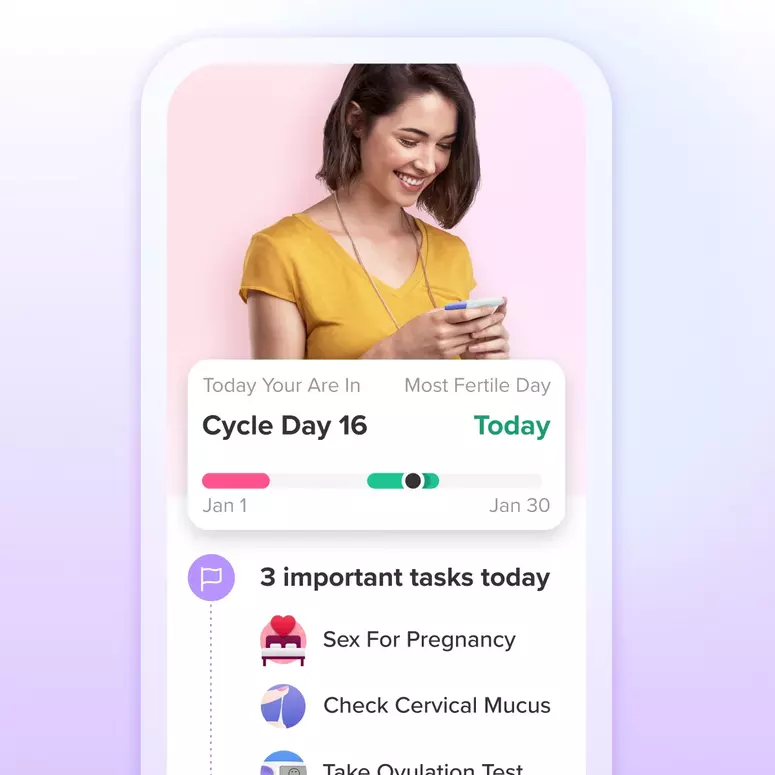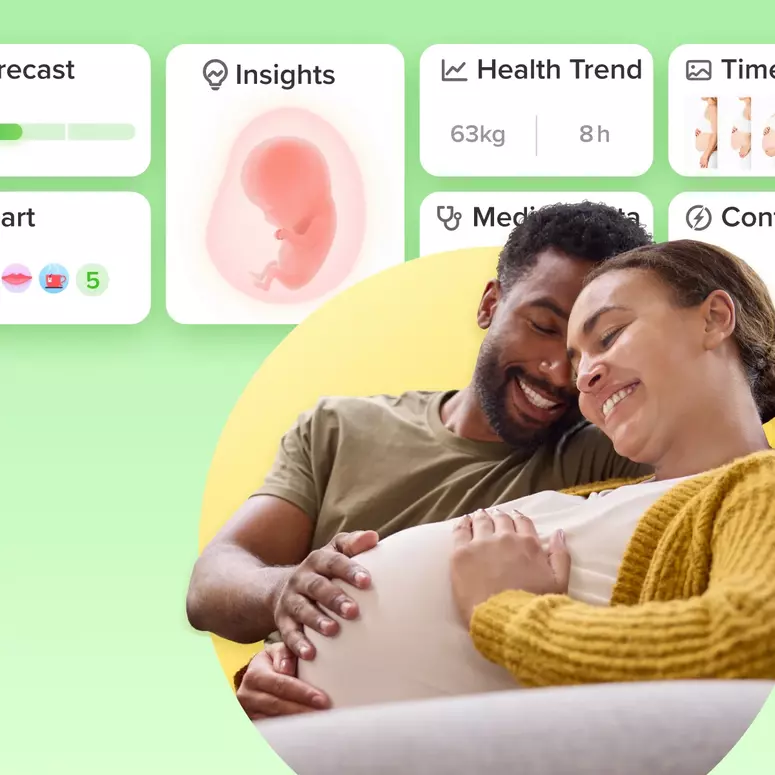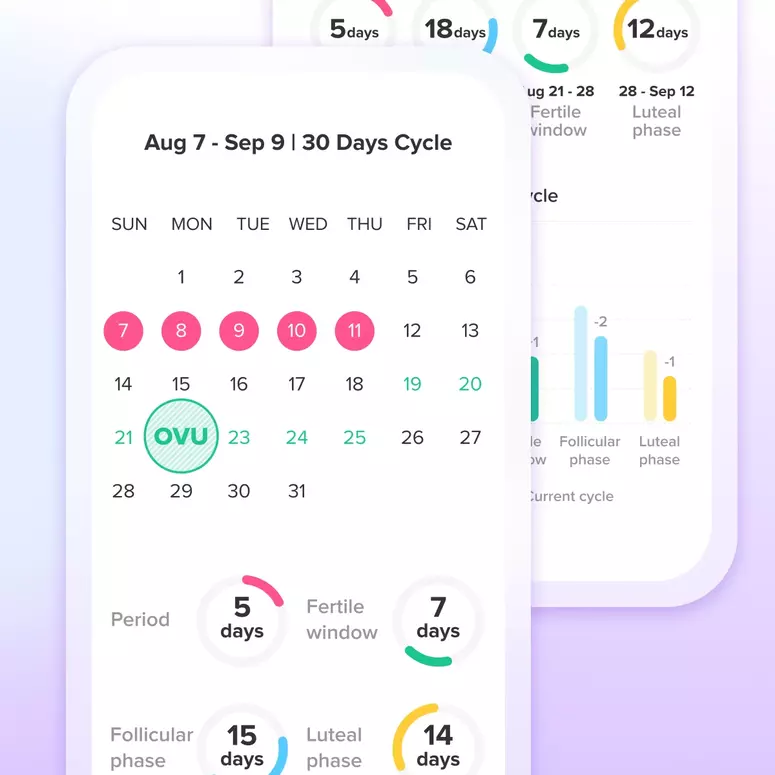The low down on breast pumps
You can rent a hospital grade pump, purchase an electric pump, or purchase a manual pump.
A smart move: rent a pump when you go home from the hospital. Renting lets you figure out whether you need a pump long term, without making a serious financial commitment. Most hospitals offer rentals or at least provide a list of medical supply companies in the area that rent pumps.
Moms who are returning to work but still want to pump have two options: rent a pump for an extended period of time or buy a pump. Either way we recommend a professional-grade dual electric pump. You can control the speed and pressure, which less expensive models don’t allow. For working moms, efficiency is key. You can pump both breasts simultaneously in 15 minutes. A Medela rental pump will cost $45-75 per month to rent. It pumps 50 cycles per minute (baby sucks about 60 times/minute) at a comfortable pressure.
You can purchase a professional grade equivalent pump (example: Medela “pump In Style”) for $250 to $300.
You might get a manual pump as a shower gift. This is convenient for emergencies or travel. The mechanism is similar to operating a bike pump. Your arm may get tired out long before your breasts have emptied.
Reality Check
Good news: The Affordable Care Act requires insurance plans to cover the costs of lactation services and breast pumps. Bad news: insurance companies may have their own interpretation of these laws, only offering to cover the cost of cheap, low-end breast pumps instead of higher quality ones. Unfortunately, these low-end breast pumps don’t efficiently express milk, making them virtually useless. Check with your insurer to get details and read the fine print. At the very least, breast pumps and breastfeeding supplies are currently tax deductible. Stay tuned for updates from the U.S. Department of Health and Human Services at hrsa.gov/womensguidelines/.
Achieve your health goals from period to parenting.
